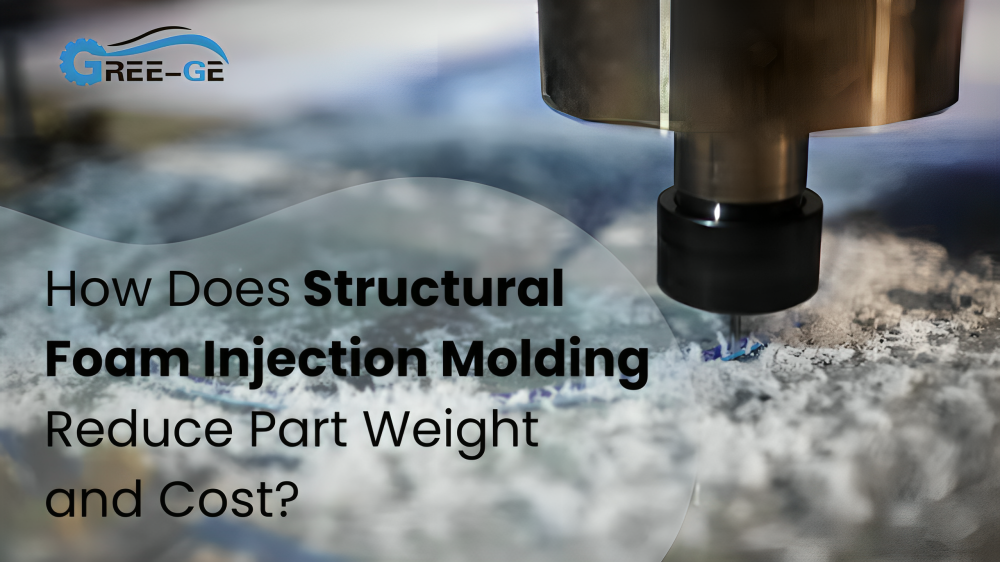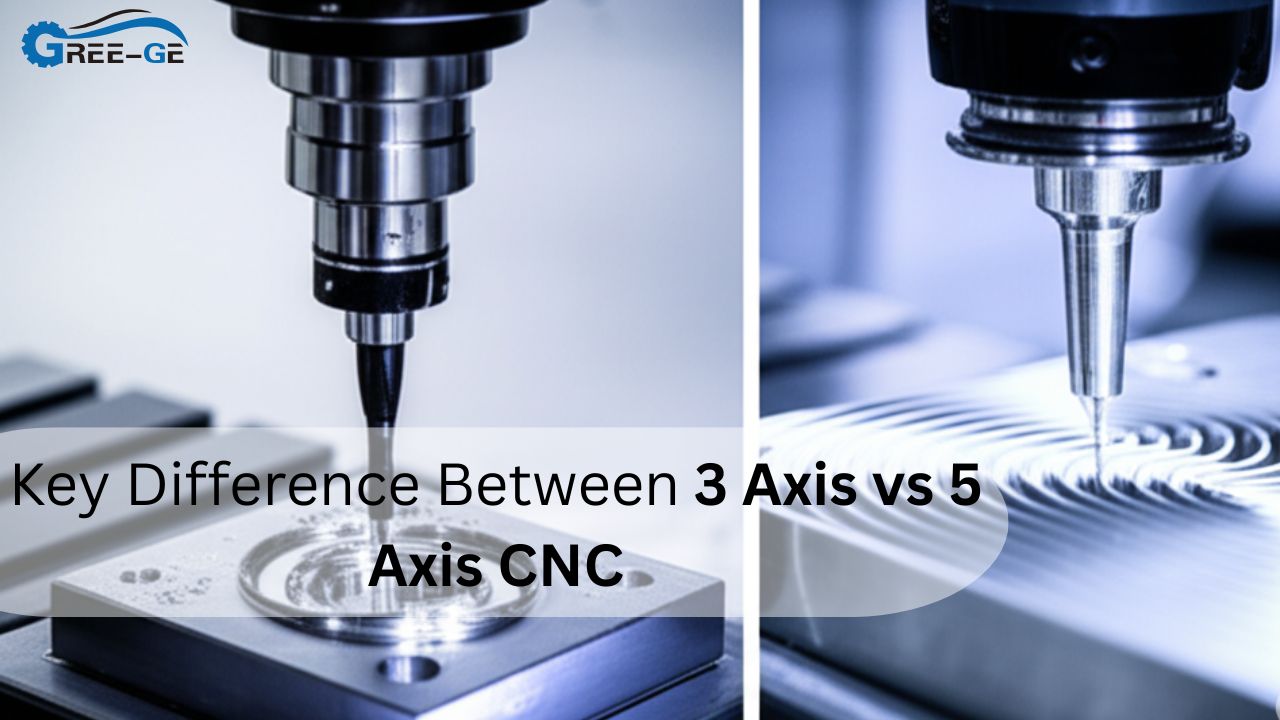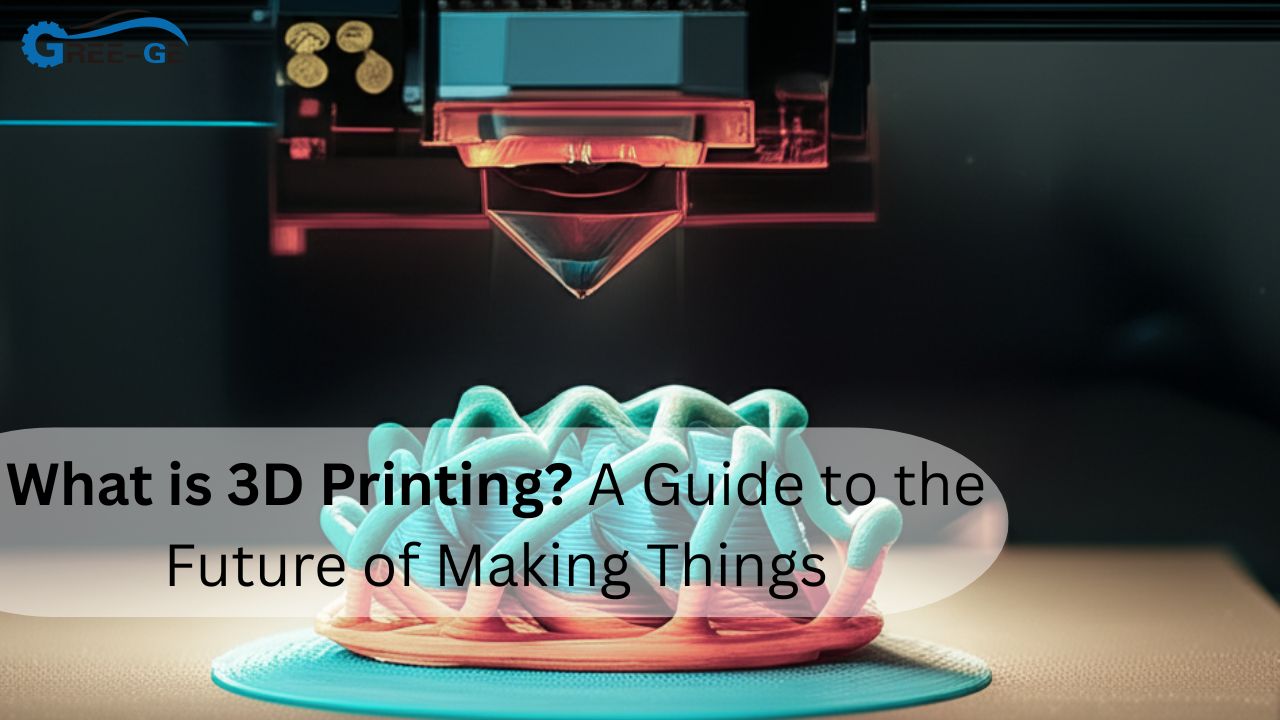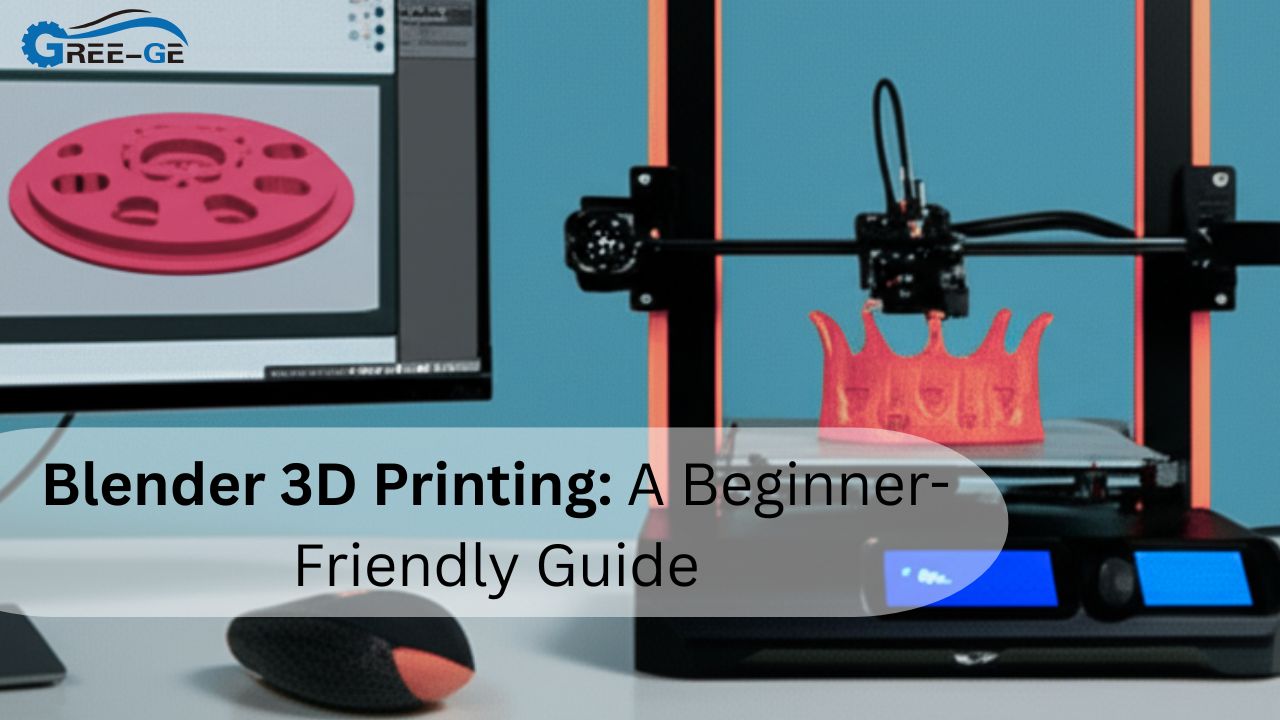Maybe you’ve heard about structural foam injection molding and wondered how it makes plastic parts lighter and more affordable. You’re not alone. Companies large and small are looking for ways to cut costs while still delivering durable products, and this special process often comes up as a top choice.
Here’s the short answer:
- A foamed core reduces material usage.
- Less pressure means cheaper tooling.
- The cellular structure lowers part weight.
- It handles large or thick parts easily.
- Less stress equals fewer defects.
Stick around to learn how this process works. We’ll explore material selection, cellular structures, tooling efficiencies, and more. By the end, you’ll see why structural foam injection molding is a game-changer for cutting weight and cost.
STRUCTURAL FOAM INJECTION MOLDING: THE EFFECT FOR LIGHTNESS
The main secret behind structural foam injection molding is the formation of tiny air pockets within the part. These pockets make the interior less dense while keeping a solid skin on the outside. This arrangement resembles a honeycomb, ensuring strength remains high even though overall material usage is reduced.
CELLULAR CORE BASICS
A chemical or gas-foaming agent is introduced into the plastic injection molding. It creates bubbles that expand within the part. Once cooled, you end up with a sturdy outer skin and a lightweight, foamed center. This core can cut part weight by 10% to 30%.
REDUCING RAW MATERIAL NEEDS
Because the foamed interior uses less plastic, you save on resin costs. You still get the same external dimensions, but the part’s overall density drops. This difference can add up quickly, especially if you’re producing high volumes of large items.
BALANCING STRENGTH AND WEIGHT
Though it’s lighter, the part’s structure isn’t weak. The solid skin and foamed core complement each other. Think of a sandwich: tough exterior layers surround a softer middle, achieving good rigidity without excess material.
HOW THE FOAMING PROCESS WORKS
Structural foam injection molding starts like normal injection molding. You heat the plastic and mix it in a foaming agent. Once you inject the molten plastic into the mold, the foaming agent triggers bubble formation. A lower injection pressure helps these bubbles form more evenly, leading to a consistent cellular core.
For more details on plastic processing techniques, you can visit reputable injection molding manufacturer resources such as Plastics Technology or SPE. These sites offer educational articles and webinars on various molding processes.
LOWER TOOLING AND MACHINE COSTS
Traditional inserts in injection molding often demands hardened steel molds to withstand high pressures. With structural foam injection molding, the required pressure is lower. As a result, you can use molds made from aluminum or other less expensive materials. Machinery also needs less clamping force, which can reduce overhead costs.
- Lower-pressure processes allow thinner-walled molds.
- Aluminum tools can sometimes be machined faster than steel.
- Cost savings in tooling can be substantial, especially for large parts.
REDUCING WARPAGE AND DEFECTS
One problem with standard molding is warpage caused by uneven cooling and stress buildup. In structural foam injection molding, lower pressure translates to fewer stresses locked into the part. This gentle approach means less warping, fewer cosmetic defects, and a reduced need for rework.
Ignoring process parameters can still lead to cosmetic flaws. Over-foaming can create surface imperfections or voids. Always follow the recommended settings for temperature, pressure, and foaming agent levels.
IDEAL FOR LARGE PARTS
When you’re making a big item—maybe a furniture component or a large panel—molds for injection molding machine can be pricey. The walls must be thick to prevent failure. But thick walls mean a lot of plastic, which is expensive and heavy. Structural foam injection molding helps cut material usage dramatically, making big parts lighter and more cost-effective.
If you’re designing extra-large parts, ask your tooling supplier about adding strategic ribbing. The foamed core plus well-placed ribs can maximize strength with minimal weight.
BALANCING THICKNESS AND FOAM DISTRIBUTION
For uniform foam distribution, the part should have consistent wall thickness where possible. Sudden thickness changes can disrupt bubble formation. If the plastic injection molding parts design requires variation, you can plan gating positions to accommodate how the plastic flows. This ensures even foaming throughout.
Quick Tip: Run small test shots before committing to final production. These trials help you spot uneven foam distribution or problem areas early.
BENEFITS AT A GLANCE (TABLE)
Let’s compare structural foam injection molding to traditional plastic injection molding Press in a quick table:
| Feature | Structural Foam Injection Molding | Traditional Injection Molding |
|---|---|---|
| Injection Pressure | Lower | Higher |
| Internal Structure | Foamed Core | Solid |
| Tooling Material | Often Aluminum | Typically Hardened Steel |
| Weight Reduction Potential | 10-30%+ | Minimal |
| Stress/Warpage | Lower Stress | Higher Stress Potential |
| Ideal Part Size | Large/Thick-Walled | Varies |
Notice how foam molding excels for larger, thick-walled parts. It also uses less pressure, saving on tooling and machine costs.
COMMON APPLICATIONS
You’ll see structural foam injection molding in everything from outdoor furniture to large automotive panels. It’s especially handy for parts that need to be sturdy yet portable. Equipment housings, playground structures, and big plastic pallets often benefit from injection molding vs overholding unique balance of durability and reduced weight. Even though structural foam parts are lighter, they can still be quite strong. Don’t assume they’ll always break under normal use. Always test your final design under real-world conditions to confirm performance.
CONCLUSION
Structural foam injection molding strikes a perfect balance when you want lighter parts without sacrificing durability. By incorporating a foamed core, you use less plastic, cut down on stress, and unlock the potential for more affordable molds and machines. As a result, both part weight and cost drop significantly.
In short, the cellular structure formed by the foaming agent is a game-changer. It lets you maintain a tough outer shell while reducing material in the core. If you’re looking for a way to make large, sturdy parts without spending a fortune, structural foam injection molding might be just the ticket.
FAQs
How exactly is foam introduced into the plastic?
A chemical blowing agent or injected gas creates bubbles in the molten resin. This expansion happens inside the mold, forming the foamed core.
Is the part’s surface rough or porous?
The outer skin usually solidifies first and remains smooth. The foamed interior is hidden inside, so exterior finishes can be similar to standard molded parts.
Does foam molding take longer than standard molding?
Cycle times can be comparable or even shorter. The lower pressures can reduce cooling and cycle times, but exact numbers vary by part design.
Can I still add inserts or decorative features?
Yes. You can incorporate inserts, threads, or other design elements. Just ensure the foamed areas around them have proper support.







